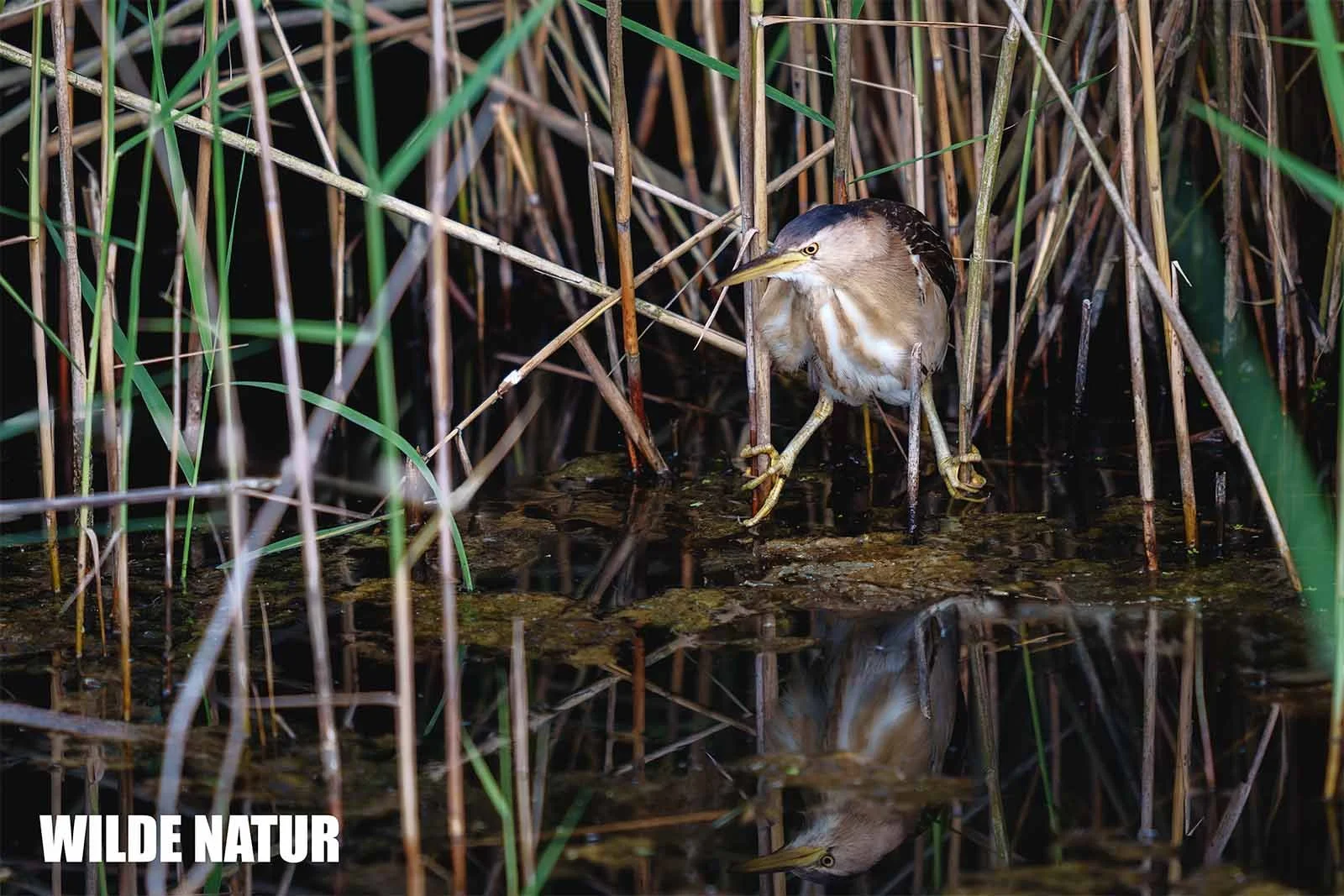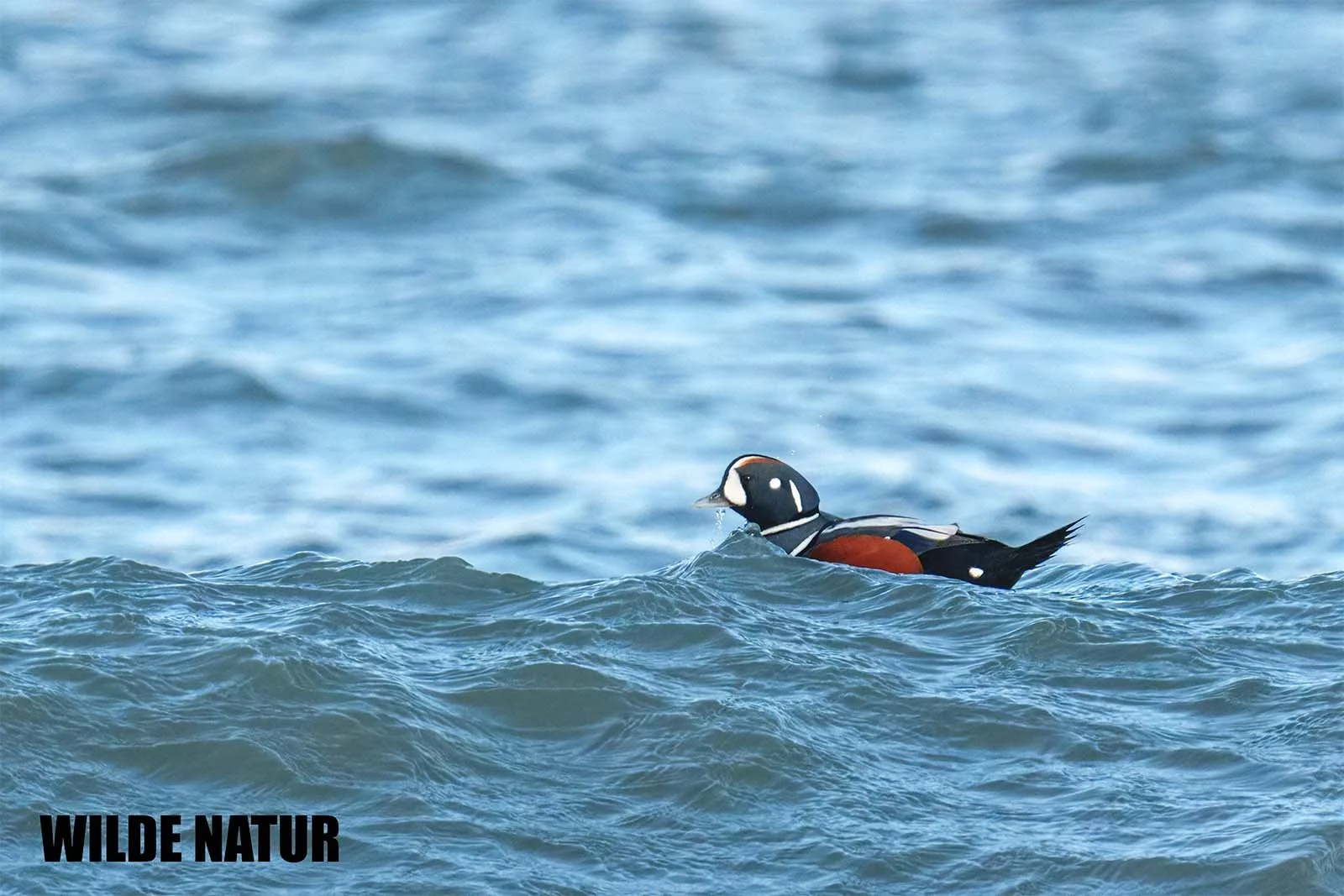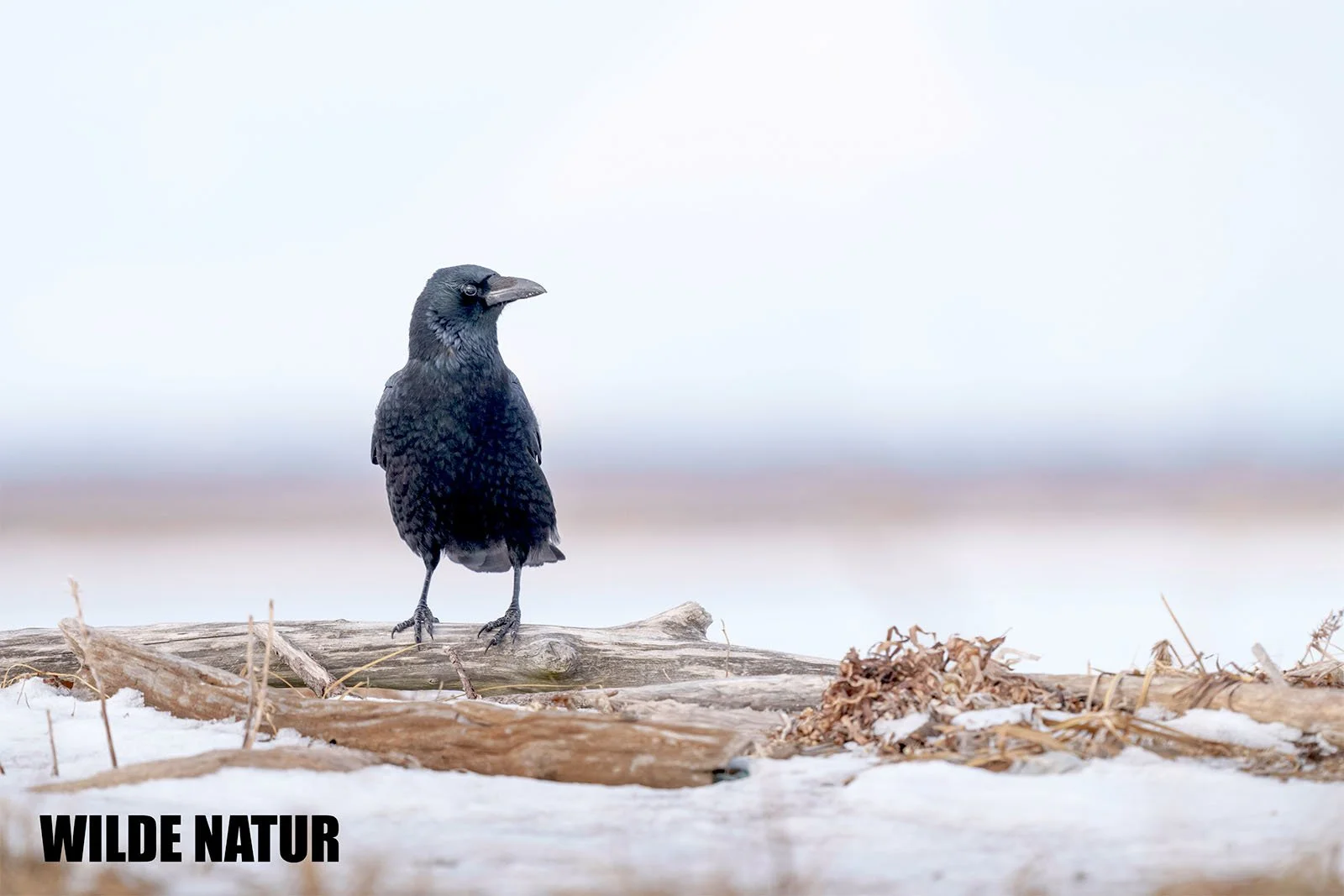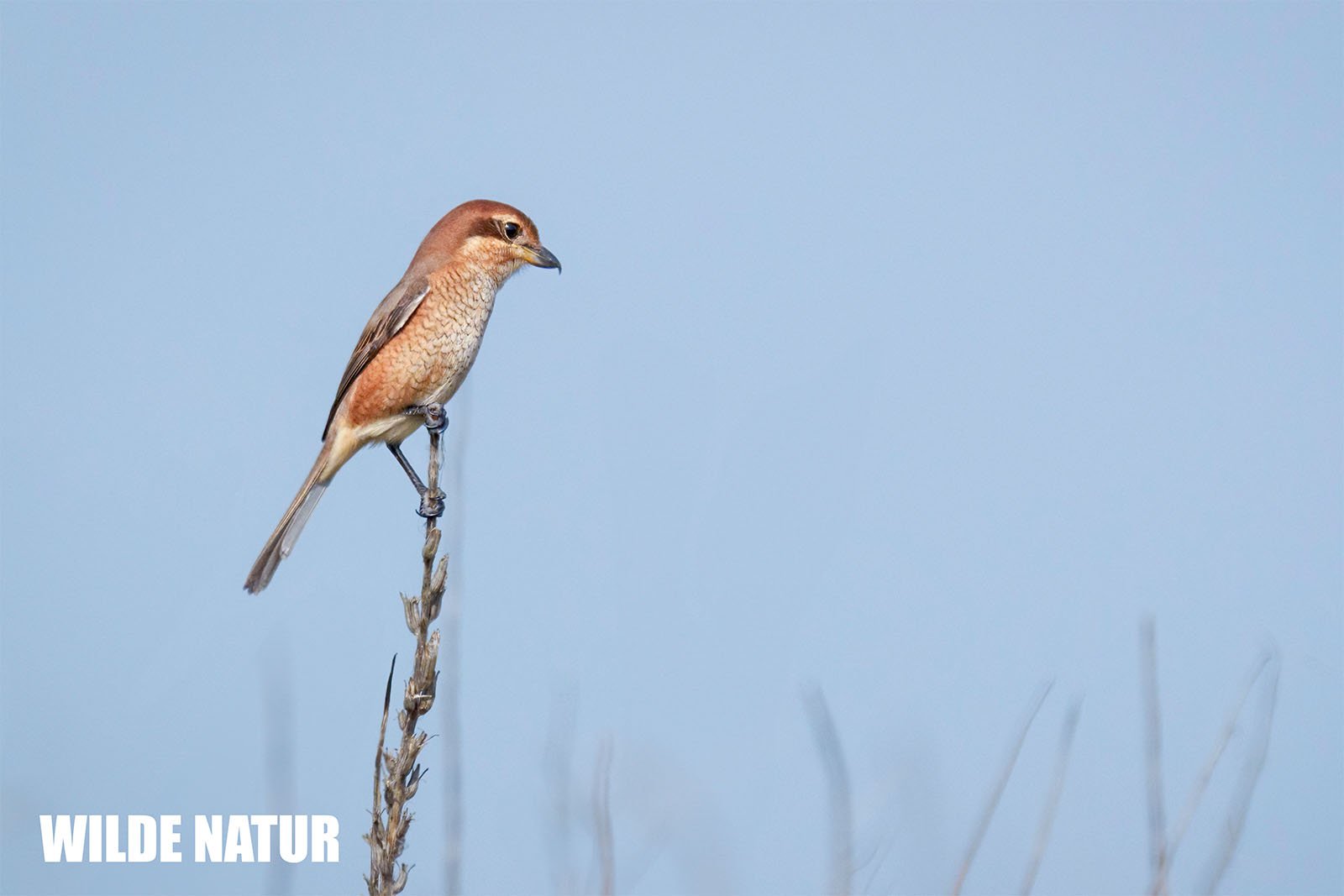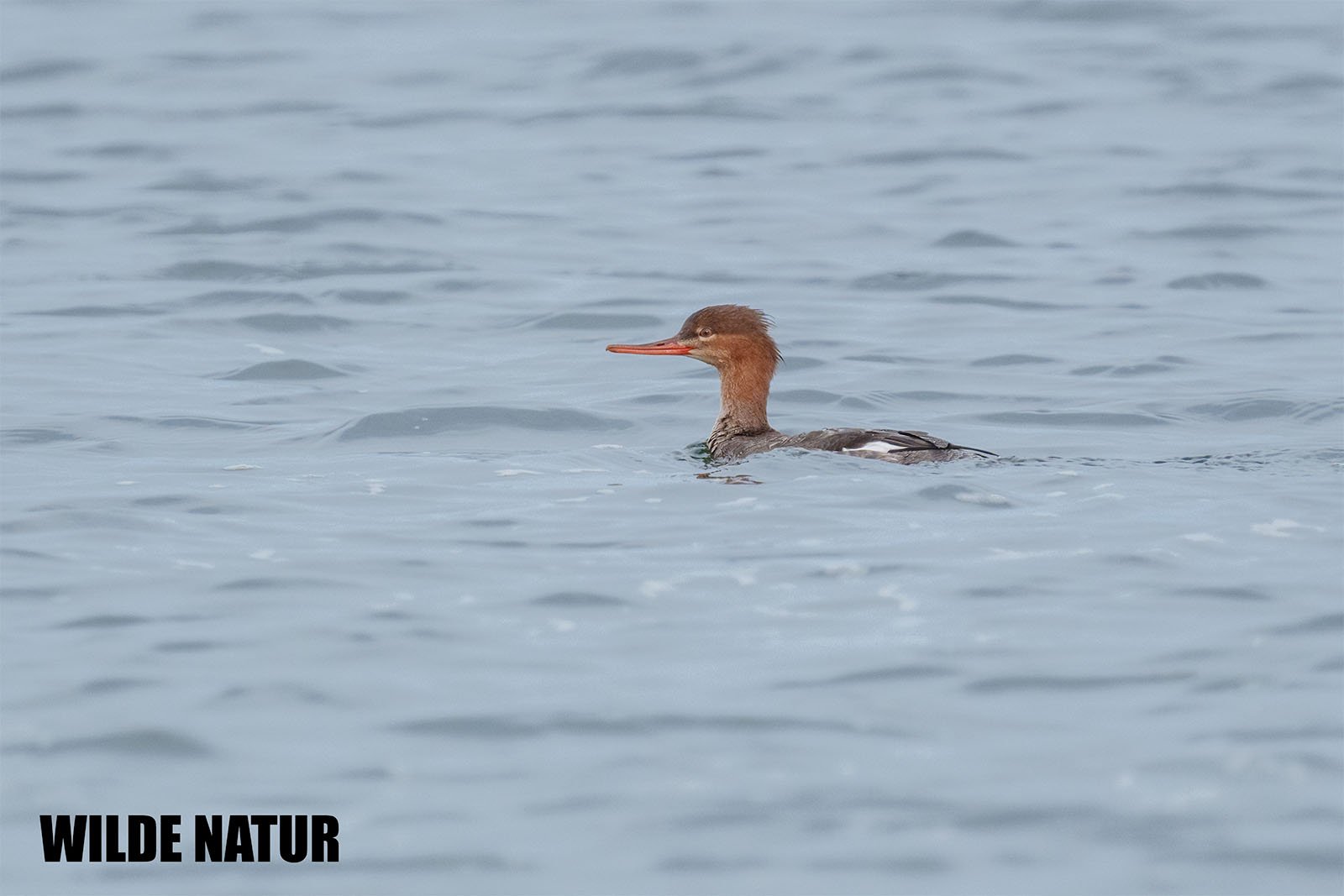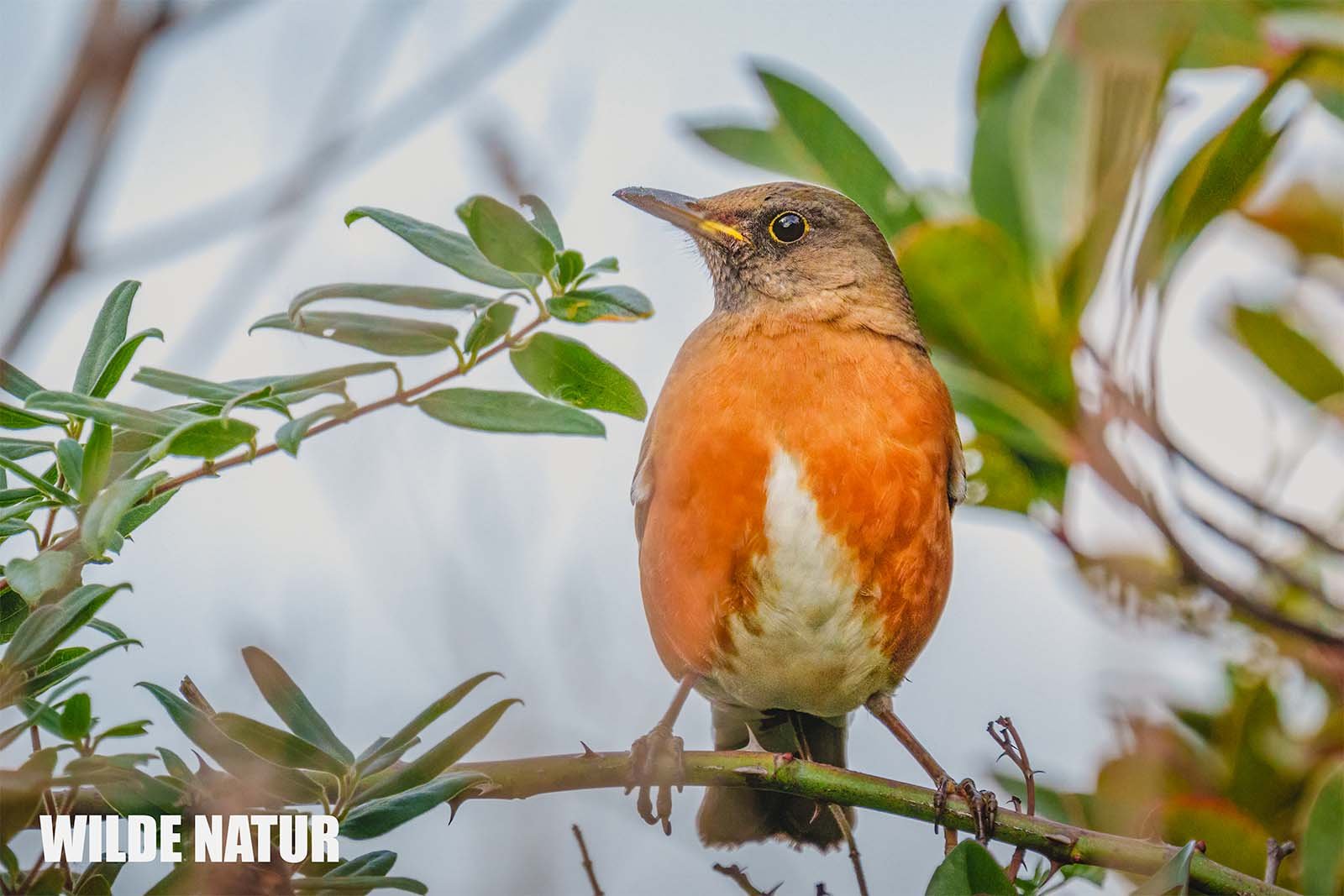Pelagic cormorant (Urile pelagicus)
Pelagic cormorant (Urile pelagicus) at Hokkaido / Japan flies low over the sunlit water surface
pelagic cormorant (Urile pelagicus)
Pelagic Cormorant – A Specialist Between Cliffs and Currents
Meta Description:
The Pelagic Cormorant (Urile pelagicus) is a slender coastal seabird found along Japan’s rocky shores. A solitary diver, striking in posture and plumage.
Shortlist – At a Glance
- Scientific Name: Urile pelagicus
- Common Name: Pelagic Cormorant
- Size: 70–85 cm
- Weight: 1,200–2,000 g
- Plumage: Black with green-violet sheen
- Breeding Plumage: White flank and back patches
- Bill: Long, thin, pointed
- Feet: Black with strong webbing
- Diet: Fish, dives up to 20 meters
- Breeding: Cliff nests, 3–5 eggs
- Habitat: Rocky marine coasts of Japan
- Status: Not endangered, sensitive to disturbance
Table of Contents
- Introduction
- Size and Appearance
- Habitat and Range
- Diet and Diving Behavior
- Breeding and Nesting
- Annual Cycle and Movement
- Conservation and Threats
- Species Profile
- Conclusion
Introduction
Along Japan’s rugged coastal cliffs lives a quiet but impressive seabird: the Pelagic Cormorant. You might not hear it call, but you’ll spot it drying its wings on seaside rocks like a dark sentinel.
This cormorant dives deep, nests high on rocky ledges, and lives much of its life out of sight. It’s a coastal specialist, perfectly adapted to a life between sea spray and stone.
Size and Appearance
The Pelagic Cormorant is a slim, medium-large seabird, measuring 70 to 85 cm in length and weighing 1,200 to 2,000 grams.
Its body is narrow and elongated, with a long, pointed bill and black feet with webbing. The plumage is a deep glossy black with an iridescent green or violet sheen, especially noticeable during the breeding season.
In breeding plumage, white patches appear on the flanks and lower back, contrasting sharply with the dark body. Around the face and bill base, the bare skin turns reddish to violet, giving a striking accent to the sleek silhouette.
Habitat and Range
The Pelagic Cormorant is found along the coastlines of Hokkaidō, Honshū, Shikoku, and Kyūshū. It prefers remote, rocky shores, sea cliffs, and offshore islands, and stays close to deep water where it can hunt.
Unlike many cormorants, it avoids inland waters and strictly inhabits marine environments. Steep coastal cliffs and proximity to the open sea are essential for both nesting and feeding.
Diet and Diving Behavior
This cormorant feeds exclusively on fish, which it hunts underwater. Using powerful strokes of its webbed feet, it can dive up to 20 meters deep and remain submerged for over a minute.
It typically forages alone, though small groups may form. After diving, it perches on a rock or cliff and spreads its wings to dry — a classic cormorant pose. Because its feathers are not fully waterproof, this behavior is essential for thermoregulation and flight readiness.
Breeding and Nesting
Breeding season runs from April to July. The Pelagic Cormorant nests in colonies on steep sea cliffs or isolated rocky islands.
The nest is a platform built from seaweed, grass, algae, and droppings, often placed on narrow ledges. The clutch size ranges from 3 to 5 eggs.
Both parents share incubation and chick rearing duties. After about six weeks, the fledglings are ready to explore the ocean on their own.
Annual Cycle and Movement
In Japan, the Pelagic Cormorant is considered a year-round resident. It does not migrate long distances but may shift locally during cold winters — moving to sheltered bays or slightly warmer coasts when necessary.
It is not a migratory species in the classical sense, but rather a resident with flexible habits.
Conservation and Threats
The species is currently not endangered in Japan and can be regularly seen along suitable coasts — as long as human disturbance is low.
Pelagic Cormorants are highly sensitive to noise and activity near nesting sites. Boats, tourism, and construction can all threaten breeding success. Some nesting colonies have been placed under protection to minimize disturbance.
Species Profile – Pelagic Cormorant at a Glance
| Trait | Description |
|---|---|
| Scientific Name | Urile pelagicus |
| Common Name | Pelagic Cormorant |
| Japanese Name | ウミウ属の一種 (Meerscharbe) |
| Size | 70–85 cm |
| Weight | 1,200–2,000 g |
| Plumage | Black with green-violet iridescence |
| Breeding Plumage | White flank and back patches |
| Bill | Long, thin, pointed |
| Legs and Feet | Black with strong webbing |
| Diet | Fish (dives up to 20 m) |
| Breeding Season | April–July |
| Nesting Site | Cliffs, rocky islands |
| Clutch Size | 3–5 eggs |
| Annual Movement | Resident; minor local shifts in winter |
| Habitat | Marine coasts of Japan |
| Status | Not endangered; sensitive to disturbance |
Conclusion
The Pelagic Cormorant may not be the most conspicuous seabird, but it’s among the most refined. With its slender shape, iridescent sheen, and deep diving skills, it’s fully adapted to a life between cliff and current.
A true ocean resident, this cormorant doesn’t just skim the surface — it inhabits the sea in every sense.




